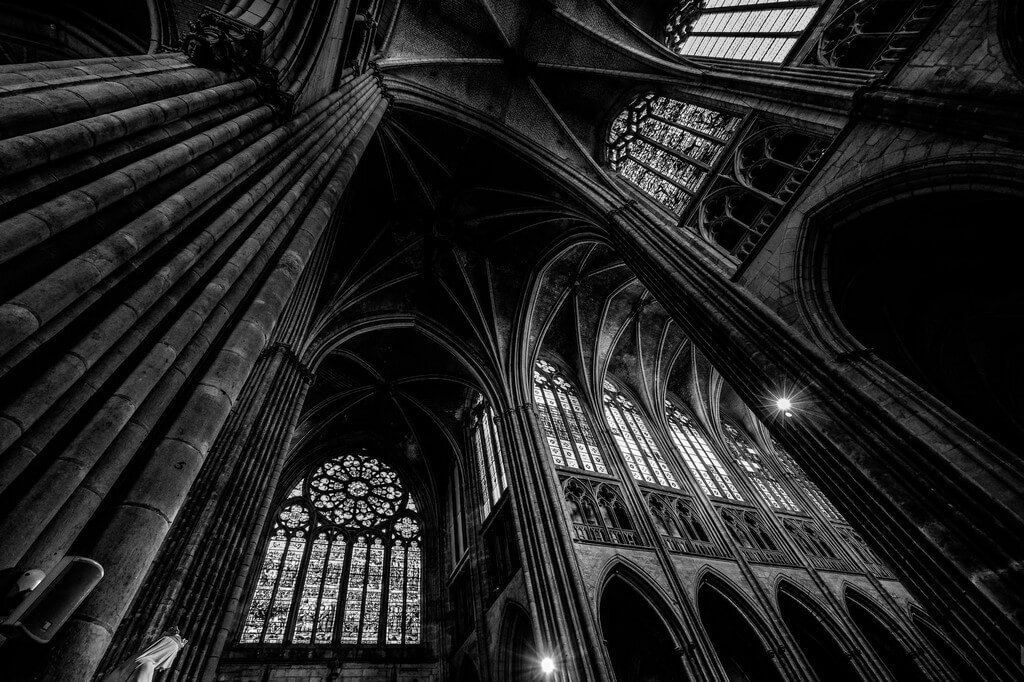Monochrome Photography
08/07/2021 2021-07-08 14:53Monochrome Photography
Monochrome Photography, is the display of a single colour or different shades of a single colour. It includes all forms of black and white photography, which contains shades of neutral greys ranging from black and white. In Monochrome Photography, each position on the image can show a different amount of light. Black and White is the most eminent example, as it represents shades of the neutral colour grey. Hues such as cyan, sepia and brown can be used In Monochrome Photography. This is widely used for artistic purposes and few technical imaging applications.

Monochrome Images creates a pact on the viewer as it has depth in the picture and portrays emotions, and contrast by making imagery feel fluid. It is the most favored photographic medium, especially black and white and is used by most of the photographers. Monochromatic Pictures creates emphasis on the subject, and takes the edge off the background. When displayed in the monochrome format, they appear timeless, historic and take on a classic look. On the grayscale it refers to the other set consisting only tones of single colour like red and green or green and white etc.

There are many benefits of using Monochrome Photography and it is produced in many various ways. Though black and white are of the extreme ends of the neutral grey colour spectrum, grey is the only colour which is present in the black and white photography. In Monochrome Photography, we can artificially limit the colour range in the picture within a hue by using black and white film or paper or even by manipulating through computer software. There are many important things to be considered when capturing a monochromatic image, such as the Tonal range, Subject Matter, Lighting and shadow and shapes, patterns and textures.

Monochrome Photography, works best with a strong subject matter in the picture and grabs the viewers’ attention and emphasizes the foreground. Also, the lighting and shadow plays an important role while shooting in monochrome. Textures, lines and angles play out dramatically in Monochromatic Photography. Lastly, Lighting and shadow are also important when shooting in monochrome as they provide the contrast in the pictures. If interested to understand the in-depth aspects of Photography, one can enroll in the 3 month Diploma in Photography.













